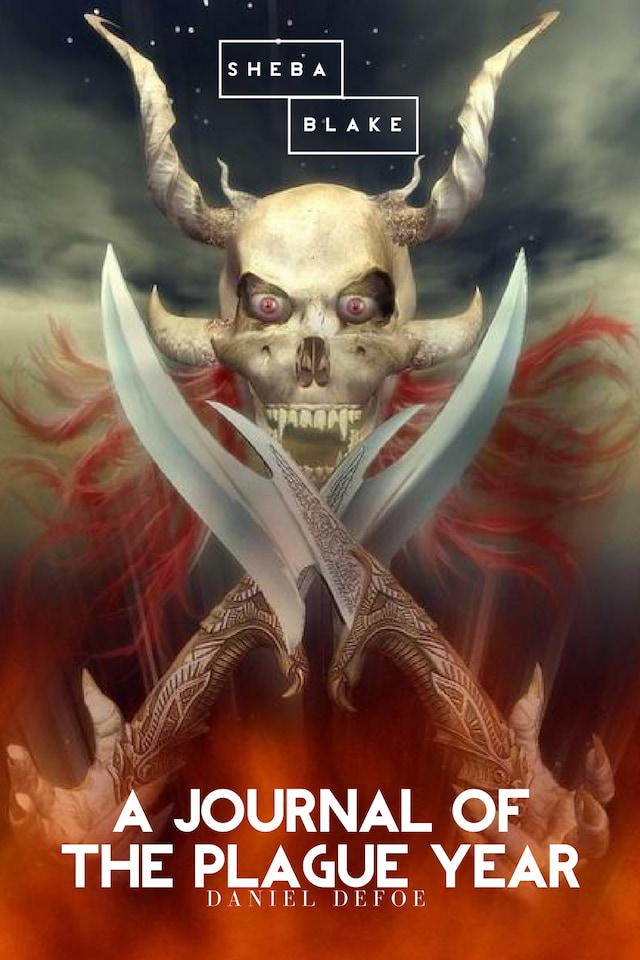
A Journal of the Plague Year
Buchbeschreibung
A Journal of the Plague Year is a novel by Daniel Defoe. This novel is an account of one man's experiences of the year 1665, in which the Great Plague or the bubonic plague struck the city of London. The book is told somewhat chronologically, though without sections or chapter headings. Presented as an eyewitness account of the events at the time, it was written in the years just prior to the book's first publication in March 1722. Defoe was only five years old in 1665, and the book itself was published under the initials H. F. and is probably based on the journals of Defoe's uncle, Henry Foe. In the book, Defoe goes to great pains to achieve an effect of verisimilitude, identifying specific neighborhoods, streets, and even houses in which events took place. Additionally, it provides tables of casualty figures and discusses the credibility of various accounts and anecdotes received by the narrator. The novel is often compared to the actual, contemporary accounts of the plague in the diary of Samuel Pepys. Defoe's account, which appears to include much research, is far more systematic and detailed than Pepys's first-person account. Whether the Journal can properly be regarded as a novel has been disputed. It was initially read as a work of non-fiction, but by the 1780s the work's fictional status was accepted. Debate continued as to whether Defoe could be regarded as the work's author rather than merely its editor. One modern literary critic has asserted that 'the invented detail is... small and inessential', while Watson Nicholson – writing in 1919 – argued that the work can be regarded as 'authentic history'. Other literary critics have argued that the work can indeed be regarded as a work of imaginative fiction, and thus can justifiably be described as a 'historical novel'.
 Daniel Defoe
Daniel Defoe 321 Seiten
321 Seiten